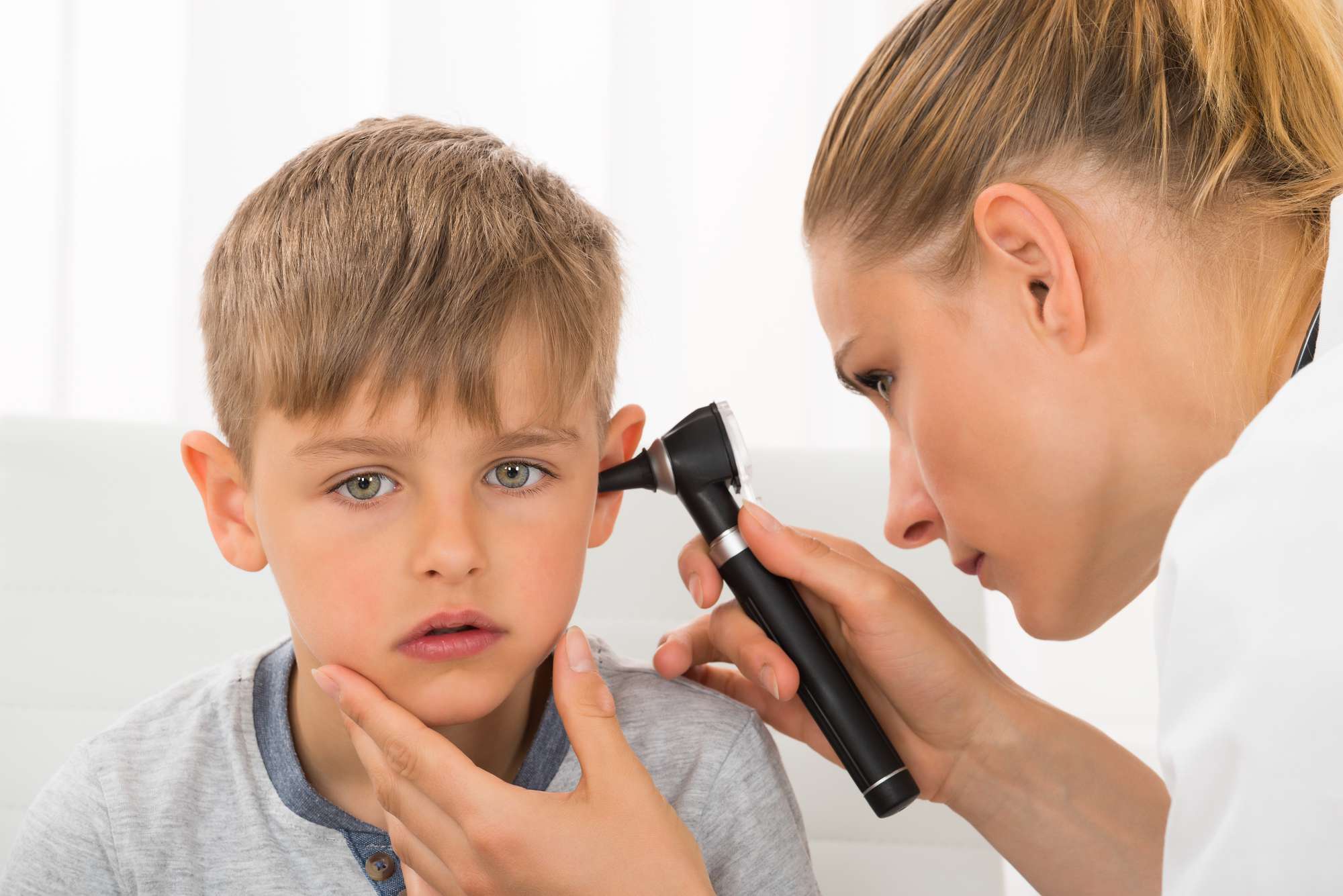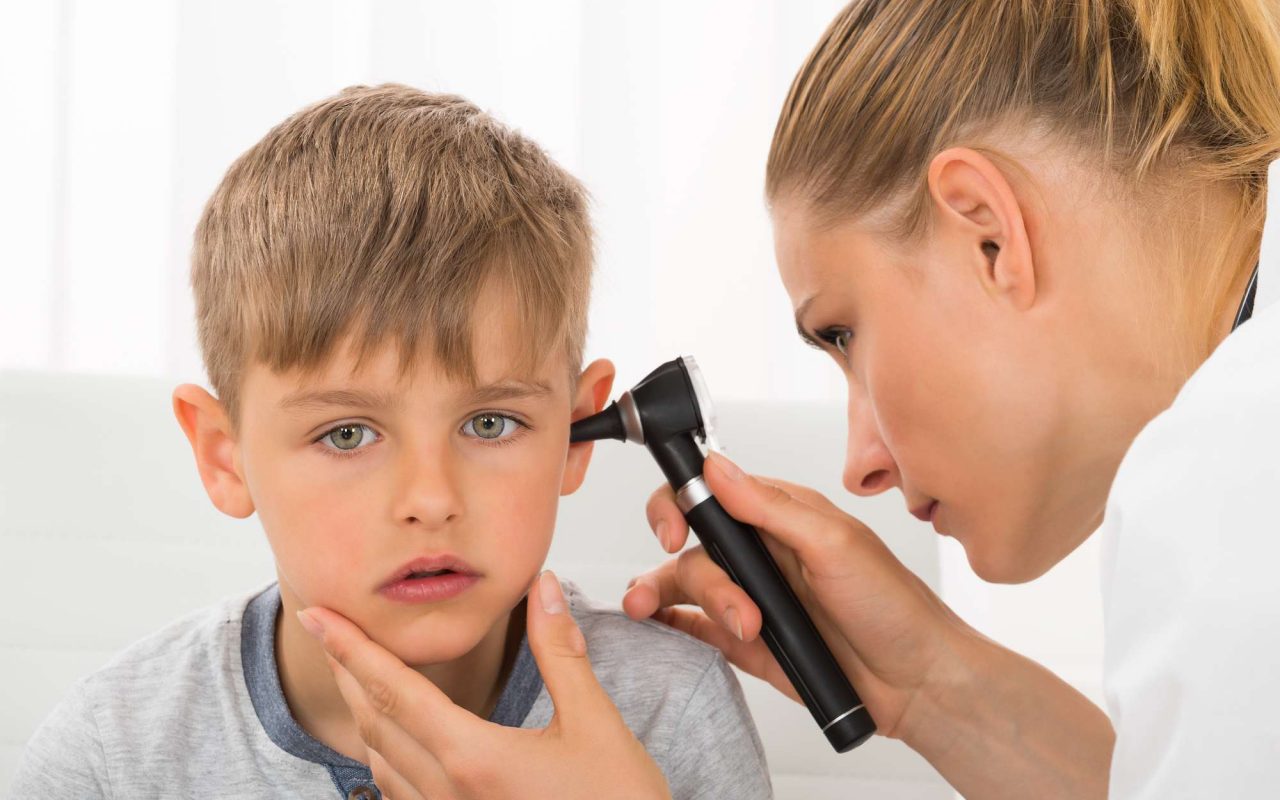Ear Infections
Placing pressure-equalizing tubes in the ears allows the fluid to drain, the ears to ventilate, and the infection to clear. Most importantly, this prevents further pain and the potential of permanent hearing loss.
Symptoms
The middle ear space is connected to the back of the nose and throat by the Eustachian tube. This tube has three functions:- Equalizing pressure on the inside of the eardrum
- Draining fluid from the middle ear when it accumulates
- Preventing germs from entering the middle ear from the throat
Young children are more susceptible to ear infections from colds or allergies. Also, unlike an adult’s Eustachian tube, which slopes downward, a child’s is short and horizontal. This positioning makes it easier for infections to enter the ear from the throat during childhood.
- Constant crying
- Poor appetite
- Difficulty gaining weight
- Restless nights
- Changes in behavior
- Difficulty with hearing
- Delayed speech
- Continuous pulling on the ear
- Fever
- Ear drainage
- Improper balance
The Surgical Procedure
After examination, your child’s condition and the surgical procedure will be explained to you. You will also be provided with written descriptions of the procedure and follow-up home care which include what to do if you notice bleeding, if the ear plugs are unsatisfactory or if water gets into the ears. Please contact us at any time with questions or for clarification. At the time of surgery, any fluid in the ear is suctioned out and the tubes are carefully inserted. They will stay in place for about six to eighteen months and then usually come out on their own. The tubes are so small that they may not be detected.

The child should experience little or no pain following surgery. They may follow their normal diet when fully awake. Any discomfort should be managed with Tylenol. Ear drops may be prescribed. Drainage may be yellow or pink tinged following surgery.
The child may return to school and resume normal activities the day after surgery. As long as there is a tube in the ear, care should be taken to avoid water contamination when bathing, washing hair, etc. Water must be kept out of the ears to prevent infection, so ear plugs must be used when bathing, washing hair, swimming or engaging in similar activities. Ear molds may be necessary for underwater activity. Ear plugs are available in our office.




